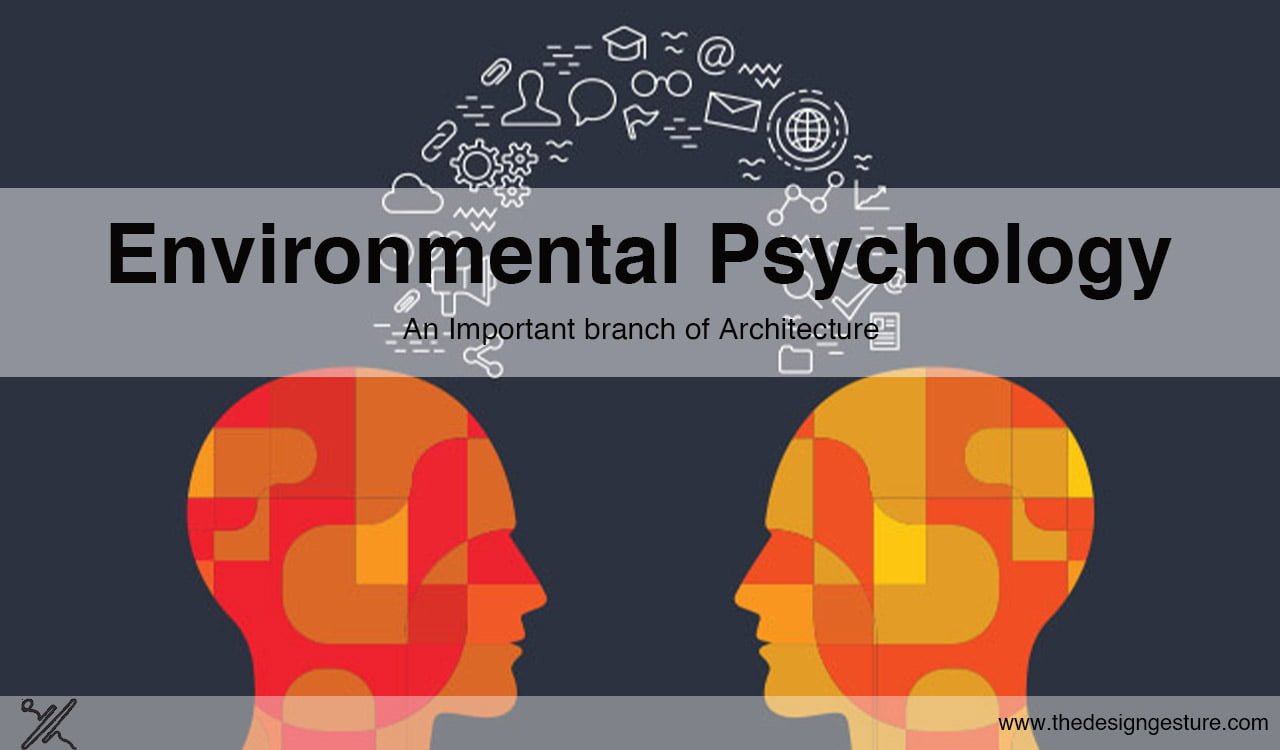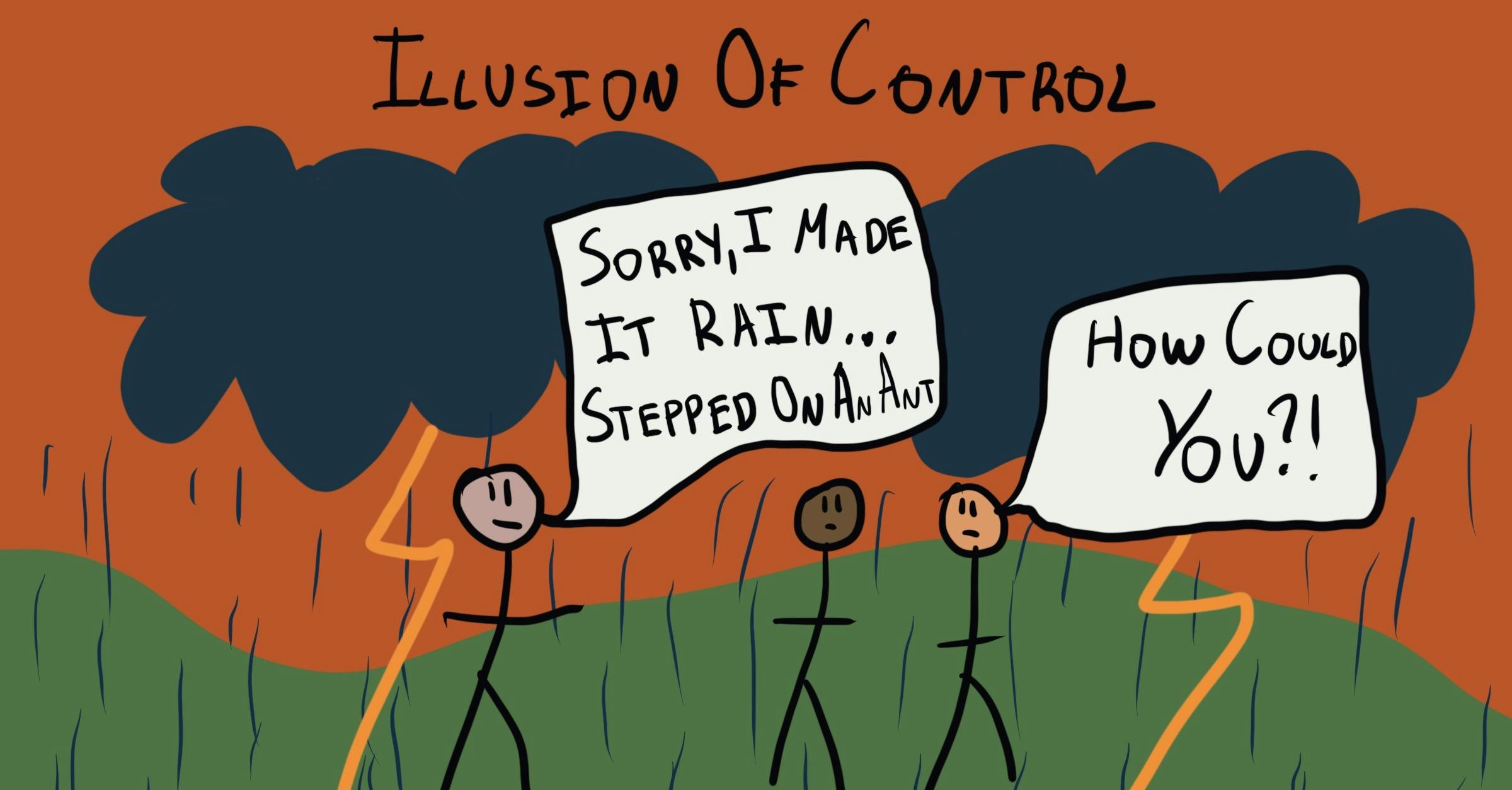Just like the immersive experience of Pirots 4, the flashing lights, the anticipation of a win, and the carefully orchestrated environment designed to keep you engaged—these aren’t just features of a casino floor. They’re psychological tactics that have quietly infiltrated every corner of modern marketing, from your smartphone apps to your investment platform. Understanding how casino psychology shapes consumer behavior reveals why we find ourselves scrolling endlessly through social media, making impulse purchases, and checking our portfolios obsessively.
The Psychology of Variable Rewards

At the heart of casino design lies the concept of variable ratio reinforcement schedules—a psychological principle that creates the most addictive form of behavior. Slot machines don’t pay out on a predictable schedule; instead, they deliver rewards randomly, keeping players in a state of constant anticipation. This unpredictability triggers dopamine release not when the reward arrives, but in anticipation of it, creating a powerful psychological hook.
Modern marketers have embraced this principle with remarkable success. Social media platforms use variable reward schedules through likes, comments, and shares that arrive unpredictably. Each notification represents a potential reward, keeping users engaged and returning frequently. Similarly, mobile games employ loot boxes and random rewards to maintain player interest, while e-commerce sites use flash sales and limited-time offers to create urgency and unpredictability.
Environmental Design and Behavioral Architecture

Casinos are masterfully designed environments that influence behavior through subtle environmental cues. They eliminate clocks and windows, use specific lighting and color schemes, and create maze-like layouts that encourage exploration while making exits difficult to find. The goal is to create a timeless, immersive environment where normal decision-making processes are suspended.
Digital marketers have translated these principles into interface design. Social media platforms use infinite scroll features that eliminate natural stopping points, much like casinos remove clocks. Dating apps employ swipe mechanics that mirror the repetitive action of pulling a slot machine lever. E-commerce sites use progress bars, achievement badges, and point systems that gamify the shopping experience, creating engagement loops that keep users active.
The Illusion of Control and Near Misses

Casinos carefully cultivate the illusion of control through features like stop buttons on slot machines and player choice in card games, even when outcomes are predetermined. They also engineer “near misses”—outcomes that come tantalizingly close to winning—which paradoxically increase motivation rather than decrease it. These near misses activate the same brain regions as actual wins, maintaining engagement despite losses.
Modern marketing employs similar tactics through interactive elements that give consumers a sense of agency. Scratch-off promotional games, spin-to-win wheels, and choose-your-own-adventure advertising campaigns all provide the illusion of control while delivering predetermined outcomes. Investment apps use near-miss psychology by showing users stocks they “almost” bought that subsequently performed well, encouraging more frequent trading.
Social Proof and FOMO
Casinos leverage social dynamics by making wins highly visible and losses private. The sound of coins dropping, celebration lights, and public displays of jackpot winners create an atmosphere where success seems more common than it actually is. This social proof encourages others to participate, believing they too can achieve similar outcomes.
Digital platforms have perfected this strategy through public metrics and social validation. Instagram’s like counts, LinkedIn’s connection numbers, and investment platforms that show popular stocks all create social proof that influences user behavior. The fear of missing out (FOMO) is amplified through features like “trending now” labels, “limited quantity” warnings, and public displays of others’ purchases or investments.
Loyalty Programs and Sunk Cost Fallacy
Casino loyalty programs are designed to create psychological investment through points, tiers, and exclusive benefits. The more a player invests time and money, the more they feel committed to the platform. This exploits the sunk cost fallacy—the tendency to continue investing in something because of previously invested resources rather than future potential.
Modern businesses have adopted sophisticated loyalty programs that create similar psychological investment. Airlines, hotels, and credit card companies use tier systems that require increasing engagement to maintain status. Subscription services offer loyalty points and exclusive content that make cancellation feel like a loss of accumulated value. Investment platforms use features like portfolio tracking and achievement badges that create emotional investment in continued use.
The Dark Side of Engagement
While these psychological principles can drive business success, they also raise ethical concerns about manipulation and addiction. The same mechanisms that keep gamblers at slot machines can lead to problematic shopping behaviors, excessive social media use, and poor financial decisions. The line between engagement and exploitation becomes increasingly blurred when psychological vulnerabilities are systematically targeted.
Companies face growing pressure to implement responsible design practices, such as usage time limits, spending caps, and clear exit options. Some jurisdictions are beginning to regulate these practices, particularly in gaming and social media, recognizing the potential for psychological harm.
Implications for Consumers and Businesses
Understanding casino psychology in marketing empowers consumers to make more informed decisions. Recognizing when variable rewards, environmental design, and social proof are being used to influence behavior can help individuals maintain greater control over their choices. Setting personal limits, using tools that block certain features, and regularly auditing digital habits can help counteract these psychological influences.
For businesses, the challenge lies in balancing engagement with ethics. While these psychological principles can drive growth and customer loyalty, sustainable success requires building genuine value rather than exploiting psychological vulnerabilities. Companies that prioritize long-term customer relationships over short-term engagement metrics are more likely to build lasting brand loyalty.
The Future of Behavioral Marketing
As our understanding of psychology deepens and technology becomes more sophisticated, the influence of casino psychology on marketing will likely intensify. Virtual reality, artificial intelligence, and personalized algorithms will create even more immersive and targeted experiences. The key will be developing regulatory frameworks and industry standards that protect consumers while allowing for innovation.
The casino industry spent decades perfecting the art of behavioral influence, and modern marketers have proven apt students. By understanding these psychological principles, we can better navigate a world where the line between entertainment, commerce, and manipulation continues to blur. The goal isn’t to eliminate these influences entirely—they often enhance user experiences and create genuine value—but to ensure they serve human flourishing rather than exploit human weakness.
Ultimately, the most successful companies of the future will be those that harness the power of behavioral psychology while maintaining ethical standards and genuine respect for their customers’ well-being. In this new landscape, the biggest winners won’t just be those who can capture attention, but those who can earn and maintain trust.



